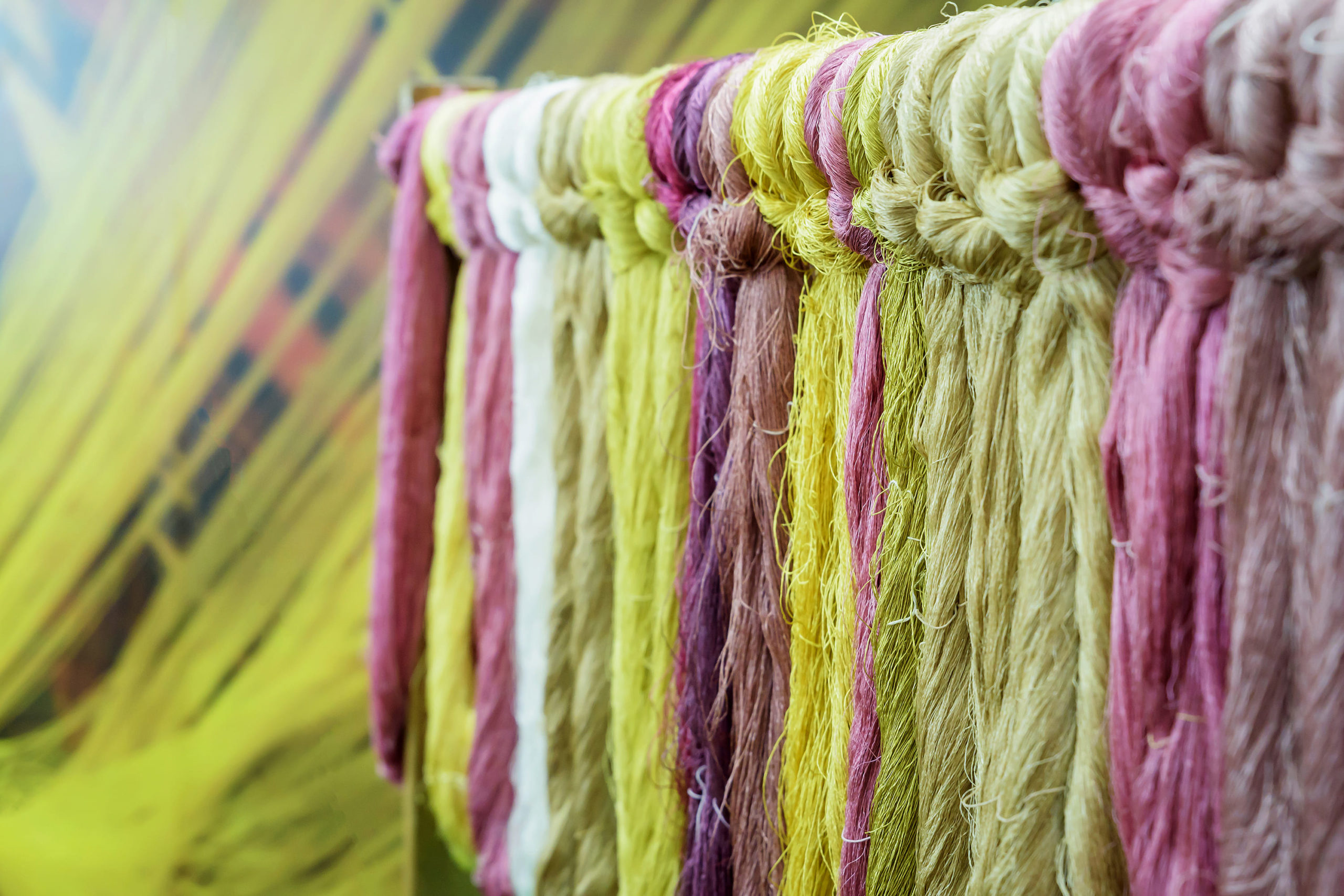Fibres are long, thin, flexible structures that resemble threads. These may be turned into fabrics by being spun into yarns. Fibres come in a variety of forms and can be divided into two groups based on their origin: natural and synthetic. Natural fibres are considerably more comfortable than synthetic fibres, which are created in a lab and may be less expensive.
Natural fibres
The fibres that come from plants, animals, or mineral sources are known as natural fibres. Wool, silk, and cotton are a few examples. Depending on their source, such as plants or animals, natural fibres can be further split into two categories.
Animal fibres
These are the fibres that come from animals. Wool and silk are some examples.

Wool
Wool is a naturally occurring textile fibre that is taken from sheep, goats, and camels. It holds a lot of air and heat doesn’t conduct well via air. This makes wool clothing useful during the cold.
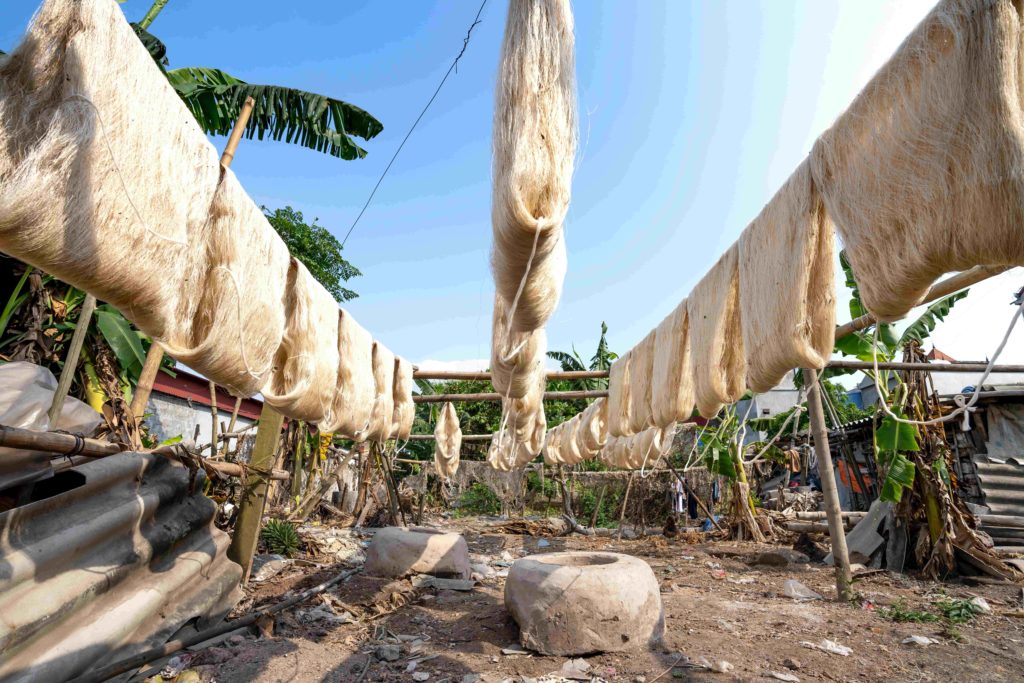
Silk
Made from silkworms, silk is another natural textile fibre. Sericulture is the practice of raising silkworms for silk production. Clothes are the major product made from silk. Tires for bicycles and parachutes are also made from woven silk fibres.
Plant fibres
These are the fibres derived from plants to make fabrics.
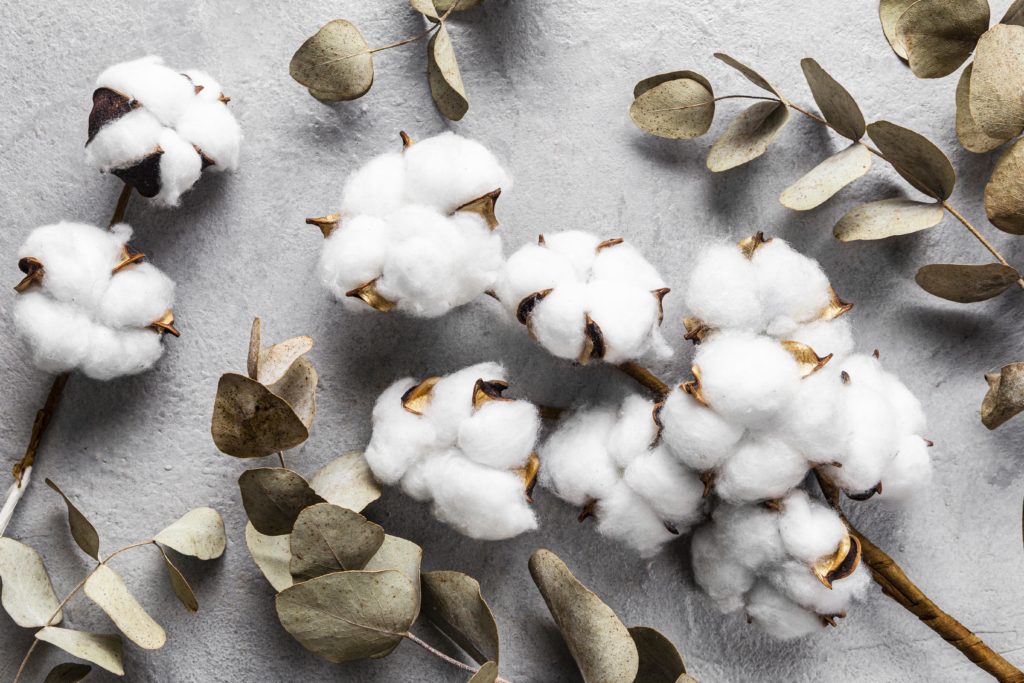
Cotton
It is a soft staple fibre that grows as balls around cotton plant seeds. Cotton is used to create supple, breathable, and long-lasting textiles.
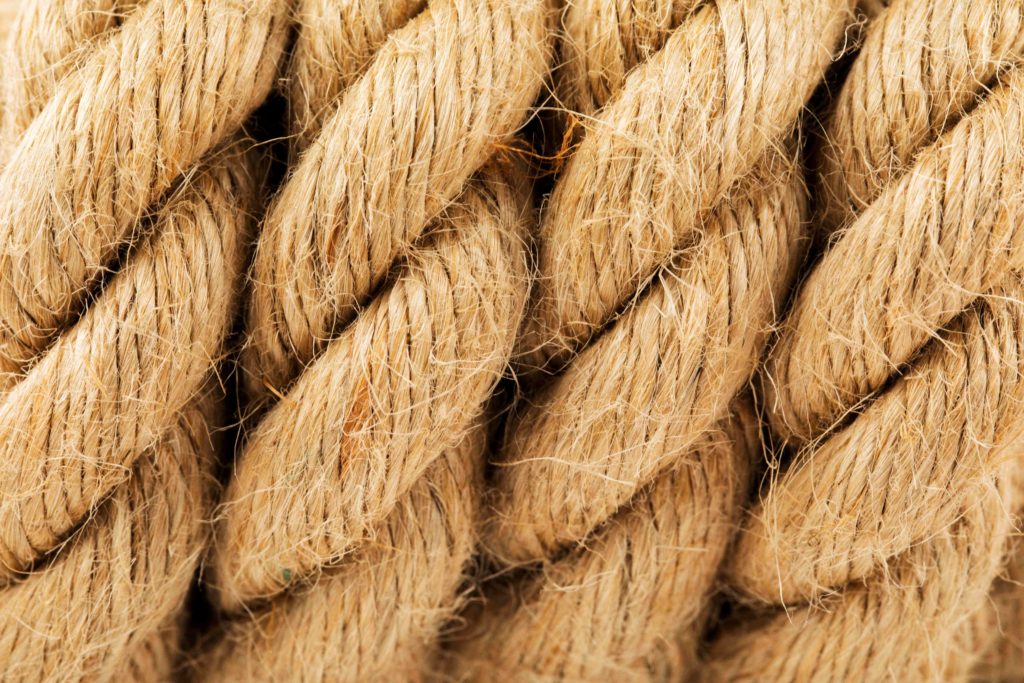
Jute
This soft, lustrous, and spun into strong, coarse thread of jute is a type of vegetable fibre. Numerous agricultural and industrial products like bags, sacks, packs, and wrappings are packaged using jute fibre.
Synthetic fibres
Synthetic fibres are man-made polymers used to create fabrics. When numerous tiny units are chemically fused together, polymers are created. Some advantages of this fibre can be-
-Ease of washing and drying.
-They require little maintenance.
-Compared to natural fibres, they cost less.
-They are easily accessible.
-They are quite durable and do not wrinkle easily.
The following are some examples of synthetic fibres:

Rayon
It is created from pulp of wood. Due to its similarities to silk, it is also referred to as artificial silk. The principal uses for rayon are in clothing, carpets, medical dressings, and insulation.
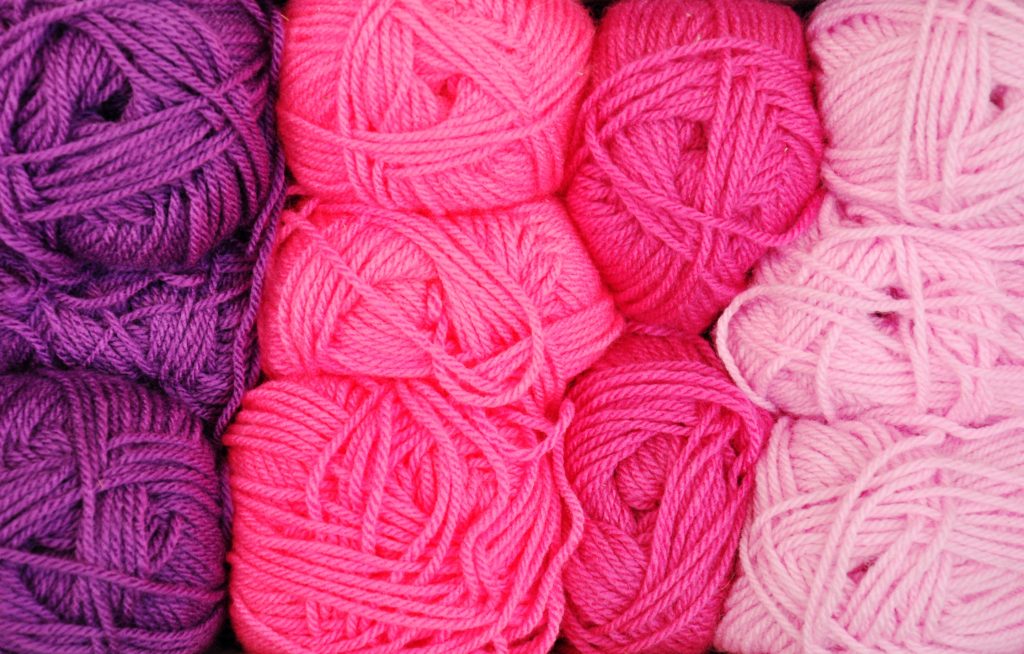
Nylon
Being the first synthetic fibre, nylon is used to create ropes, sleeping bags, parachutes, many kinds of clothing, etc. It is among the strongest fibres to exist.
